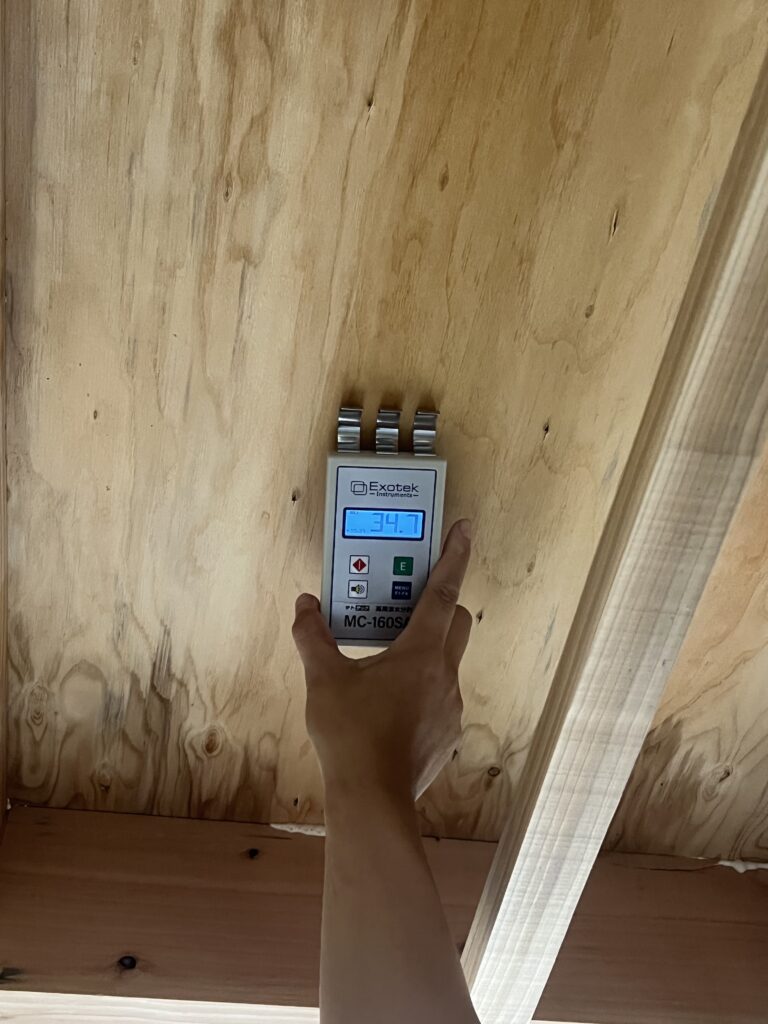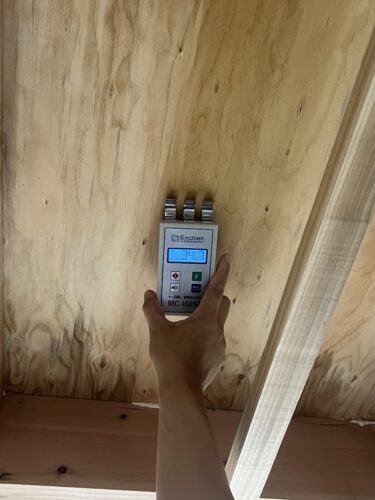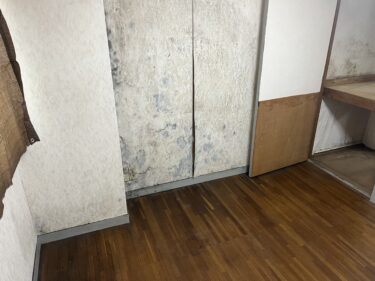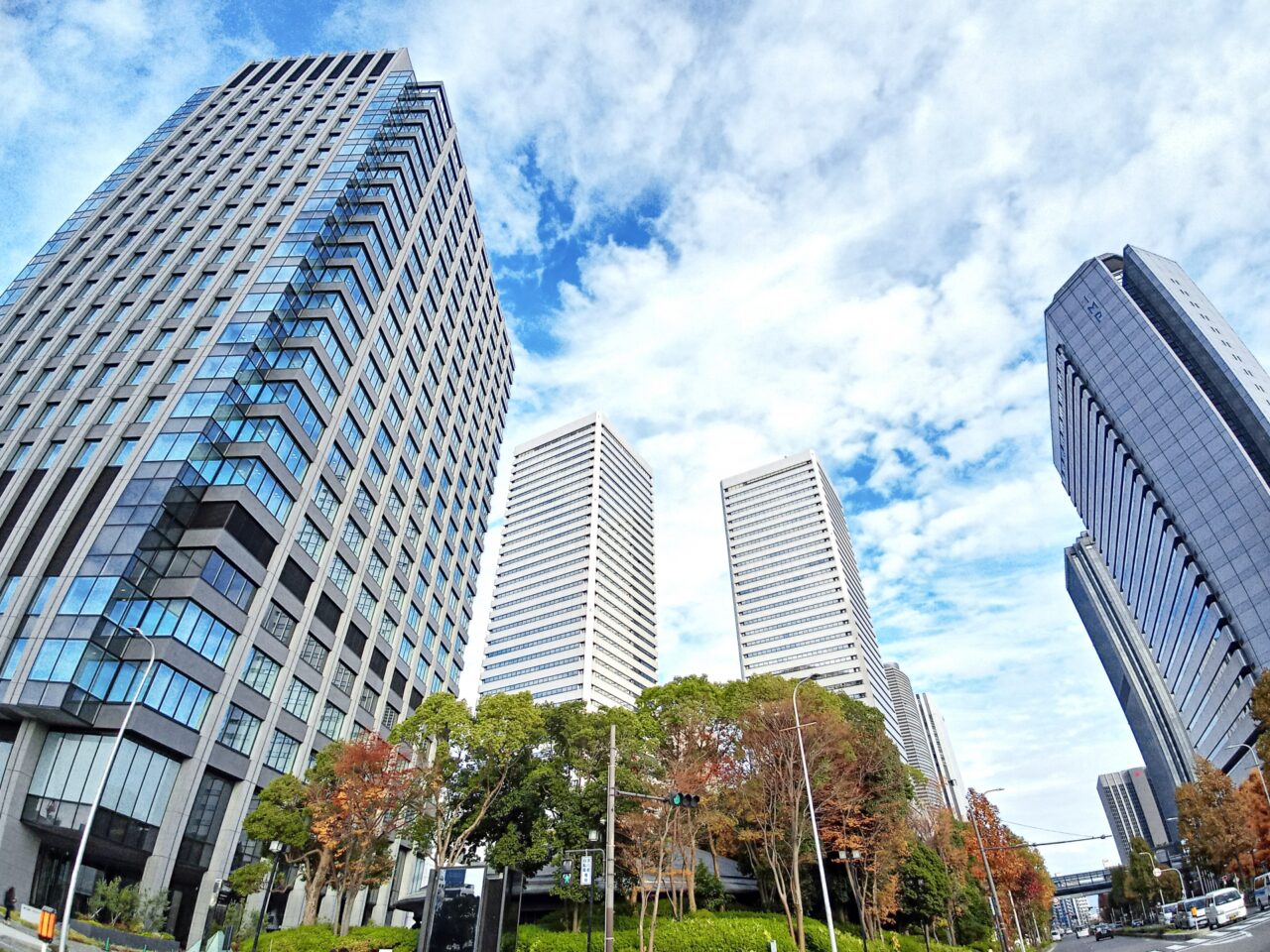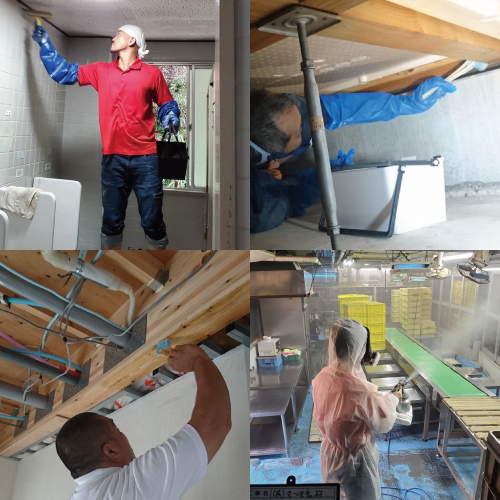Problem Statement:
Residences for VIPs and diplomatic personnel often face serious mold and odor issues that can threaten health and well-being. In public or assigned housing, high humidity and poor ventilation often create conditions that promote mold growth.
What You’ll Learn from This Article:
This article explains the common causes of mold in VIP and diplomatic residences, its health impacts, and how to effectively eliminate and prevent it using specialized techniques.
Benefits of Reading This Article:
Readers will gain practical knowledge to maintain safe and mold-free environments in high-security residences, ensuring health protection and maintaining diplomatic trust.
1. Mold Issues in VIP and Diplomatic Residences
1‑1. Unique Features of Diplomatic and Government Housing
Residences for VIPs, diplomats, and consular staff are often built with enhanced security and climate control. However, these very characteristics—sealed windows, fortified insulation, limited natural ventilation—create stagnant air pockets. Imported materials and unfamiliar construction standards can clash with local climate, especially in humid environments like Japan’s. This mismatch often predisposes these residences to persistent moisture buildup and mold proliferation deep inside walls or flooring.
1‑2. Conditions That Promote Mold and Odor Development
Mold thrives in environments combining warmth, humidity, and organic residues such as dust and skin oils. In high‑security VIP housing, air recirculation may be restricted, air exchange may be inadequate, and condensation zones may form behind furniture or in closed closets. Elevated indoor humidity, especially during Japan’s rainy season, exacerbates mold growth. Odors linger when mold colonies accumulate, impacting occupant comfort and diplomatic decorum alike.
2. Health Risks from Mold and Odors
2‑1. Allergies and Respiratory Complications
Exposure to mold spores can trigger symptoms including sneezing, watery eyes, nasal congestion, and skin irritation. In more vulnerable individuals—such as children, the elderly, or immunocompromised persons—mold allergens can provoke asthma attacks or chronic bronchitis. HVAC systems harboring mold can distribute spores widely, contributing to indoor air quality issues reminiscent of “sick building syndrome.”
2‑2. Long‑Term Exposure: Immunosuppression and Chronic Illness
Prolonged mold exposure may suppress immune responses and lead to fatigue, chronic coughing, appetite loss, or headaches. Mycotoxins produced by certain fungi have been linked to neurological symptoms or cognitive impairment upon long-term exposure. Moldy environments may even lead to mental stress, poor sleep quality, and decreased productivity—factors especially concerning for diplomatic personnel operating under high-stress conditions.
3. Mold Cases in Public and Assigned Housing
3‑1. Mold Odor Reports in Public Housing
Several assigned or subsidized residences managed by government or public housing agencies have reported mold-related odor complaints. In one case, a diplomatic staffer moved into a newly assigned unit only to discover a musty smell permeating the living room and bedroom. Investigation revealed significant mold growth behind wall surfaces and within the insulation, caused by condensation and poor ventilation.
3‑2. Response Cases and Tenant Feedback
Initial responses by housing authorities often involve superficial cleaning or ventilation upgrades. However, these temporary fixes frequently fail, leading to persistent problems. Housing agencies that have engaged specialist firms using advanced removal methods—including the proprietary MIST Method®—report high tenant satisfaction. After treatment, families reported elimination of odor, improved air quality, and enhanced overall comfort.
4. Mold Control Guidelines for Diplomatic Housing
4‑1. Key Practices for Humidity Control and Ventilation
Maintaining indoor humidity between 40‑60% is essential. When windows must remain closed for security, mechanical ventilation and dehumidifiers are necessary. Bathrooms and kitchens require powerful exhaust fans and routine cleaning of ducts. Furniture placement should avoid blocking air circulation, and moisture-absorbing materials or desiccant packs can help in closets and closed storage spaces.
4‑2. Cleaning and Maintenance Procedures
Routine inspection of window frames, wall corners, air conditioner interiors, and sealing areas is recommended. Surface wiping with dry cloths removes early moisture. HVAC filters should be cleaned monthly, and internal cleaning by professionals once a year is advised. Inspect lesser-used areas—like crawl spaces and storage closets—and involve professionals promptly if mold odors or dampness are observed.
5. Professional Mold Removal and Safety
5‑1. Gentle Removal Techniques That Preserve Materials
Traditional mold removal relies on scraping or abrasive agents, risking damage to wood, wallpaper, or delicate finishes. The MIST Method® uses a fine mist of tailored mold-removal solution that penetrates deeply, decomposes mold at its root, and rinses it away without abrasive action. This allows safe remediation of sensitive materials while addressing hidden mold growth.
5‑2. Proven Safety and Effectiveness of the MIST Method
The mold-removal solution used in the MIST Method® has passed industrial wastewater tests, skin and eye safety trials, and is safe for vulnerable groups—including children and elderly residents. The treatment eliminates mold odor within hours and includes residual antifungal agents to inhibit regrowth. This method is trusted in high-profile buildings, educational institutions, and diplomatic housing.
6. Practical Mold Prevention and Recurrence Measures
6‑1. Environmental Improvements and Anti‑Mold Finishing
Dehumidification through air conditioning or standalone units helps maintain ideal humidity levels. Regularly airing out closets or storage areas reduces stagnation. Anti-mold finishing—part of the MIST Method®—applies protective coating to surfaces, creating a long-lasting shield against mold formation and ensuring cleanliness is easier to maintain.
6‑2. Monitoring and Regular Inspections
Utilize humidity sensors or indoor air quality monitors to track moisture levels and airborne particulates. Smart devices now offer remote alerts, enabling proactive action even when occupants are busy or away. Inspections of HVAC systems, wall cavities, and behind installed units should be scheduled periodically to identify early risk and mitigate mold recurrence.
7. Cost and Benefit Analysis of Comprehensive Mold Solutions
7‑1. Initial Costs vs. Long‑Term Savings
While professional mold removal and treatment incur higher upfront costs than DIY cleaning, they deliver long-term savings. Permanent remediation and prevention reduce recurrent cleaning, repairs, and health-related expenses. Avoided damage to furniture or structural elements preserves property value, and professional results reduce the need for repeated interventions.
7‑2. Trust and Health Benefits
Providing mold-free, healthy residential conditions enhances occupant confidence—especially in diplomatic or senior governmental contexts. Avoiding illness or discomfort improves morale and supports productivity. Residential facilities gain reputational benefit and reliability by proactively ensuring safe housing.
8. Maintaining Diplomatic Trust Through Mold Prevention
8‑1. Avoiding Risk to Diplomatic Reputation
If diplomatic residents encounter mold issues immediately upon occupancy, reports may reach home offices and affect security or housing policies. Proactive management—including documented inspections and preventive treatment—demonstrates professionalism and protects diplomatic trust and institutional reputation.
8‑2. FAQ: Common Questions and Practical Answers
-
Q: Should minor mold spots be treated?
A: Yes—minor visible mold can quickly spread, so early intervention is essential. -
Q: Is wall wallpaper replacement needed after mold remediation?
A: Not always; remediation methods like MIST Method® often clean surfaces without replacement, saving cost while safeguarding materials.
9. Real‑World Mold Removal and Prevention Success Stories
9‑1. Diplomatic Housing Case Studies
In one embassy residence, hidden mold caused chronic coughing in a diplomat’s child. After professionals used MIST Method® to remediate behind walls and perform anti-mold treatment, occupants reported no further symptoms. Interior air quality and comfort improved markedly.
9‑2. Public Housing Solutions and Results
A public housing building plagued by mold issues underwent renovation including mold removal, improved ventilation, and anti-condensation finishes. Since treatment, the unit has remained mold-free for over three years. Resident feedback highlights healthier air, no recurring odors, and greater occupant satisfaction.
10. How to Choose a Reliable Mold Removal Service
10‑1. Comparing Safety, Technology, and Experience
Preferred contractors offer non-abrasive remediation methods that protect surface materials. Verify whether they provide proven techniques such as the MIST Method®, and check their safety record—particularly for treatments around vulnerable residents. Prior project credentials, especially in governmental or diplomatic properties, help gauge reliability.
10‑2. Key Points for Government and Diplomatic Clients
Ensure the provider offers post-treatment support, warranty terms, and routine inspections. Data confidentiality and privacy safeguards, such as NDAs, are essential. Confirm clear communication, documentation of procedures, and ability to coordinate with facility management or security protocols.

